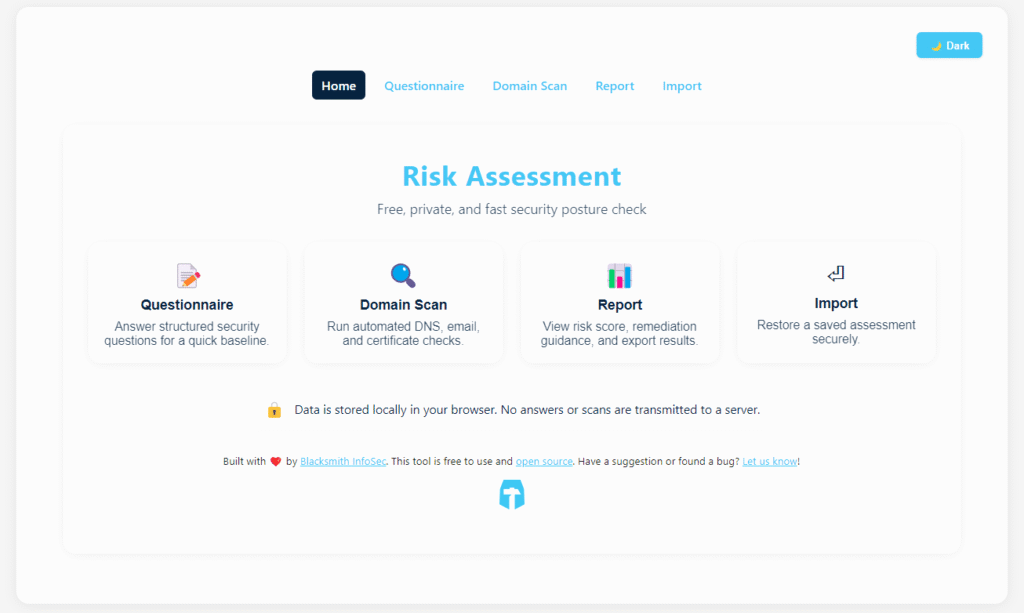Today’s businesses thrive on speed and connectivity, but the rising use of unauthorized messaging and collaboration tools — known as off-channel communications or Shadow IT — poses a growing compliance and security risk. As enforcement actions accelerate, managed service providers (MSPs) must recognize these dangers not just for their clients, but also for their own operations and reputations.
What Counts as Off-Channel Communication?
-
Personal messaging apps (e.g., WhatsApp, Signal, Telegram) used for business conversations.
-
Unauthorized cloud collaboration platforms (e.g., Google Drive, Dropbox, Slack, Discord).
-
SMS, personal email, or other tools outside official recordkeeping and monitoring systems.
These channels often lack the controls required by regulations like SEC, FINRA, HIPAA, and sector-specific mandates. As a result, data loss, regulatory violations, and litigation risks skyrocket when employees or contractors use them when they shouldn’t.
Regulatory Crackdown: What’s Happening Now
-
Global regulators are issuing multimillion-dollar fines for inadequate monitoring and recordkeeping of digital communications. In the U.S., major banks and brokerages have faced penalties for failing to prevent off-channel texting and chat.
-
Laws like the SEC’s Rule 17a-4 require complete records of all business-related communications — not just those on “official” platforms.
-
HIPAA and state privacy laws increasingly cite “shadow IT” as a breach vector and audit focus.
-
Enforcement extends to service providers: MSPs supporting regulated firms are expected to implement and continuously validate compliant controls.
Key Risks for MSPs and Their Clients
-
Data Leakage: Sensitive information leaves monitored environments, bypassing DLP (Data Loss Prevention) and archiving.
-
Non-Compliance: Inability to produce records during audits or investigations can result in violations and fines.
-
Incident Response Failure: Lack of visibility slows breach detection and reporting.
-
Reputational Harm: Repeated compliance failures erode client and partner trust — putting contracts (and MSP businesses) at risk.
Policy Failures and How to Fix Them
Many organizations have written policies prohibiting off-channel communication, but gaps persist without effective enforcement and user awareness. Common pitfalls include:
-
Outdated acceptable use policies.
-
Lack of staff training on communication compliance.
-
Inadequate monitoring or technical controls.
-
No mechanism for detecting or remediating Shadow IT.
Steps for Enforceable Compliance
-
Comprehensive Communication Inventory
-
Identify all approved platforms and regularly assess for “rogue” apps in use.
-
-
Unified Policy Development
-
Draft and update policies to clearly ban unauthorized communications, with input from legal/compliance.
-
-
Technical Controls & Monitoring
-
Deploy monitoring solutions that detect and block unsanctioned apps, alert on high-risk behaviors, and enforce device restrictions.
-
-
Employee Training & Culture
-
Conduct ongoing employee education; make secure communications second-nature.
-
-
Incident Response Integration
-
Ensure policies and tools support rapid, compliant investigations and breach reporting.
-
Tip: Record all business communications on approved, monitored platforms — irrespective of device or user location.
How Blacksmith Can Help
Blacksmith’s compliance automation software empowers MSPs to:
-
Enforce Policies: Centralize communication rules and integrate controls that block unauthorized use.
-
Audit & Report: Generate real-time reports on compliance posture, enabling swift remediation and thorough audit readiness.
-
Foster a Culture of Compliance: Operationalizing compliance makes it far easier to bring security into the day-to-day of a business.
By integrating compliance controls into everyday workflows, MSPs using Blacksmith protect both themselves and their clients — reducing risk, forging trust, and exceeding regulatory demands.



